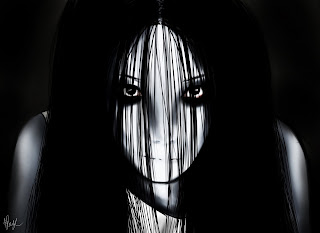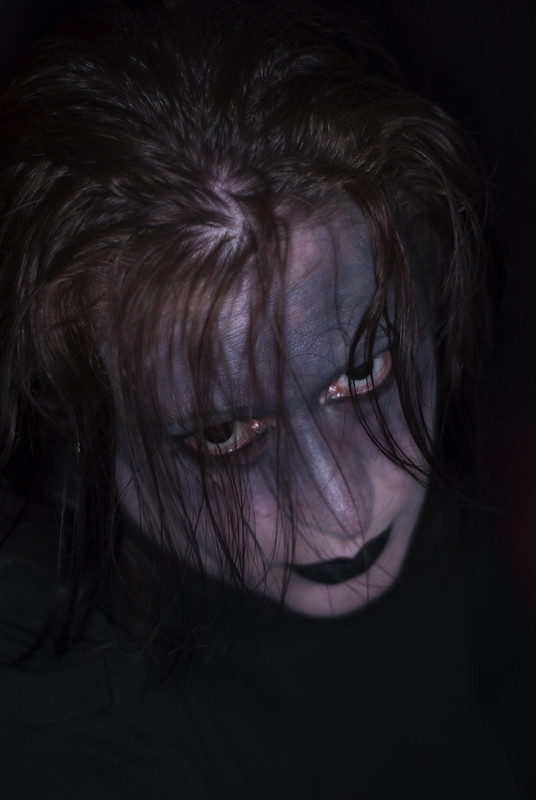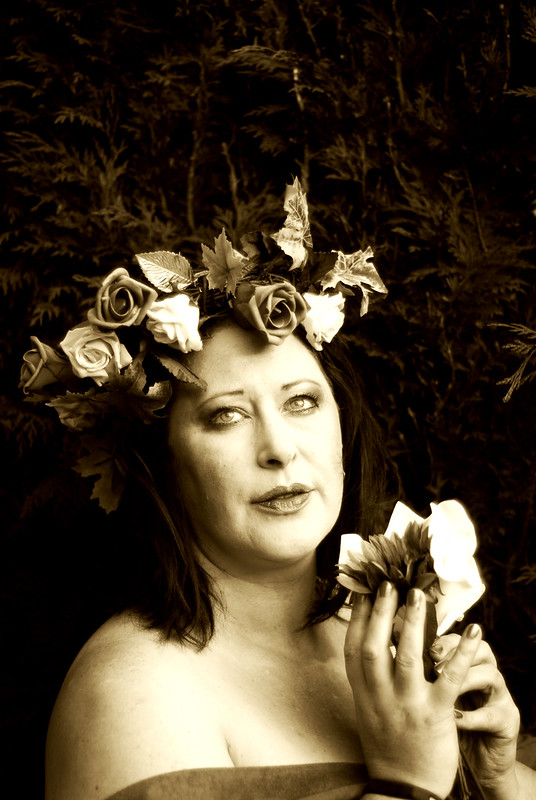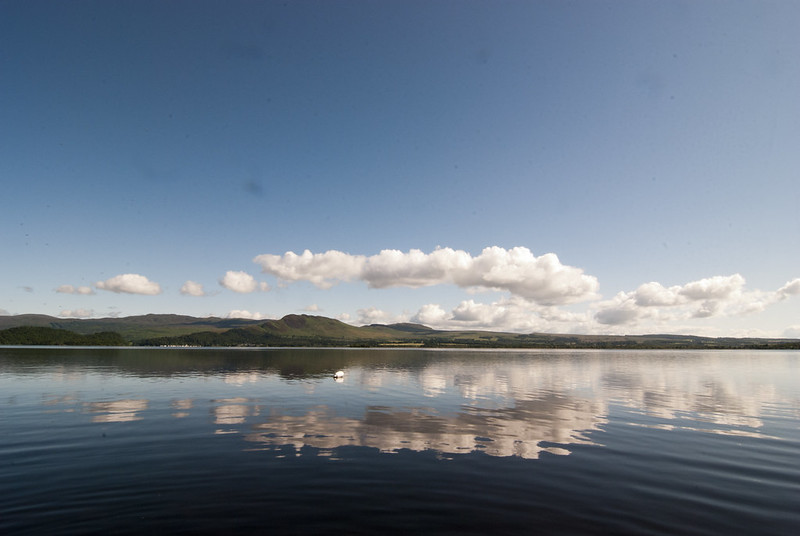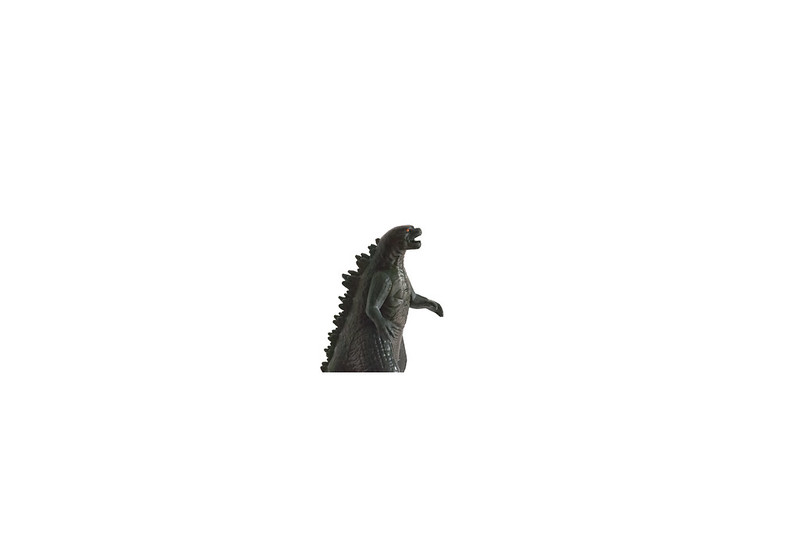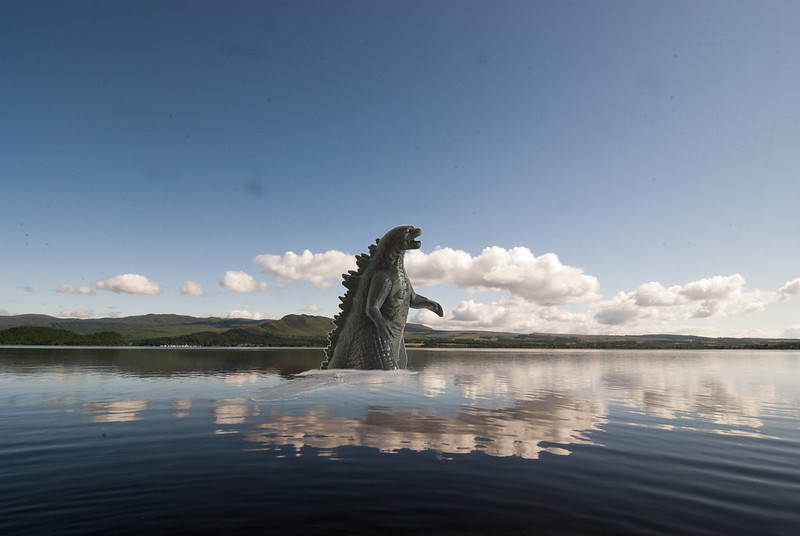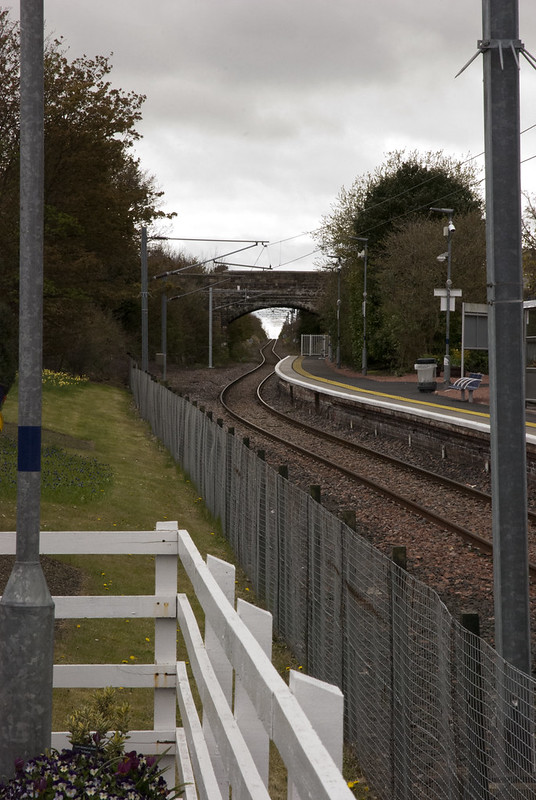Exercie 1 -
Citizen Journalism
The act of taking a photo or video footage of an event and
presenting it as an account does not instantly make it journalism - rather it
is the act of an eyewitness.
Citizen journalism involves the active participation of
normal people rather than journalists in
first hand news-gathering and reporting. It is an alternative to the media. It
plays a role in giving an alternative view on local, national and international
events, exposing abuses of power, corruption and seeking accountability.
There are arguments for and against citizen journalism;
·
For:
o
Personal connection to the events
o
Independent point of view, usually focussing on
deeper issues that initially perceived by external parties
o
Immediate response if distributed to the
media/news outlets.
·
Against
o
Poor image quality
o
No anonymity of sources
o
No respect for privacy
o
No consideration on the effects of the images
o
Questionable objectivity of the subject and composition
of the images
Case 1.
Antonio Buehler
Antonio Buehler photographed police arresting a woman
suspected of DUI while on a garage forecourt fuelling his car. Buehler stated
that the officers were mistreating the woman. He then started taking pictures
of the incident and was arrested for interfering with the investigation. (
https://www.rt.com/usa/texas-faces-years-recording-692/)
Did the picture affect the story – no, as the original photo
only shows the woman being pulled towards the police car. The photo? story
itself highlights the events which then followed the taking of the photo.
Allegations were made against Buehler by the officers that
he had physically intervened in the situation and had spat in one of the
officers faces. Buehler took his story to the internet and was able to obtain
photographs and video footage from other eyewitness who had recorded the events
on their mobile phones. The footage clearly showed that the officers had abused
their power and one of the officers was shown to be holding Buelher against a
truck. This was not as described in the police department’s reports of the event.
While Buehler was awaiting charges, over 8000 people joined
a Facebook page in support of Buelher. They organised rallies and posted the
story and others detailing police abuse worldwide onto the internet.
With this support behind him, the charges were eventually
dropped against Buelher and he went on
to form “The Peaceful Streets Project” - a grassroots group for police
accountability.
In this case, had there not been individuals who filmed the
event and spoken up through the internet then the case of abuse of power would
probably have gone unnoticed.
http://peacefulstreets.com/about/
Objectivity : Was Beulher hoping that the police would over
react? Maybe as he was a known activist
and knew if he asked questions and photographed officers in a heightened
situation that they may react badly to his presence. His own objectivity maybe
a little skewed but personally I think that Beuhler may have acted in defence
of what he perceived to be an out of
control situation. I don’t think he planned to get himself arrested on
false charges.
Case 2
Texas Video Pool
Party
This video taken by a teenager shows a police officer pull a
gun on a group of teenagers during a pool party. The video uploaded by Brandon
Brooks starts with the officer detaining a girl who refused to leave the party. As he struggles with the girl, he
throws her to the ground. Her friends protest against his action and the
officer pulls his gun and points it at them. At this point they run away from
the officer and are pursued by two other officers on foot. The first officer
pulls the girl to the ground, returns his gun to the holster and restrains the
girl by pulling and holding her hair.
Did the picture affect the story? Yes. The footage shows an
officer out of control, not using his training and allowing his temper to get
the better of him. Not sure – would need to see the footage to decide whether
the taking of the photo merely documented the event or influenced it.
Had there been no eyewitness to the event, then there would
have been no proof. In this event it appears that the officer involved was only
interested in restraining non-white individuals. This is demonstrated because Brandon
who calmly took the video is white and no police officers interfered with his
taking the video footage.
Objectivity - even though the full details of the events that
took place at the party are unknown, the video footage shows an out of control
event and that the officer involved has lost his own objectivity. Brandon’s
footage is clear and consciencious and documents the event without deviation.
The police officer’s
response as shown in the video is clearly an overuse of force. As soon as the
footage hit the internet it was picked up by news teams around the world and
the startling image of an officer pulling a gun on a group of unarmed teenagers
shocked
people.
In both these cases a trained photojournalist on the scene would
have been aware that they were involved in an important event and may have
taken time to collect a larger number of images from which to choose one which
presented their conscious decision of “objectivity” as they would be aware of
the fact that there is no such things as being unconsciously objective..



